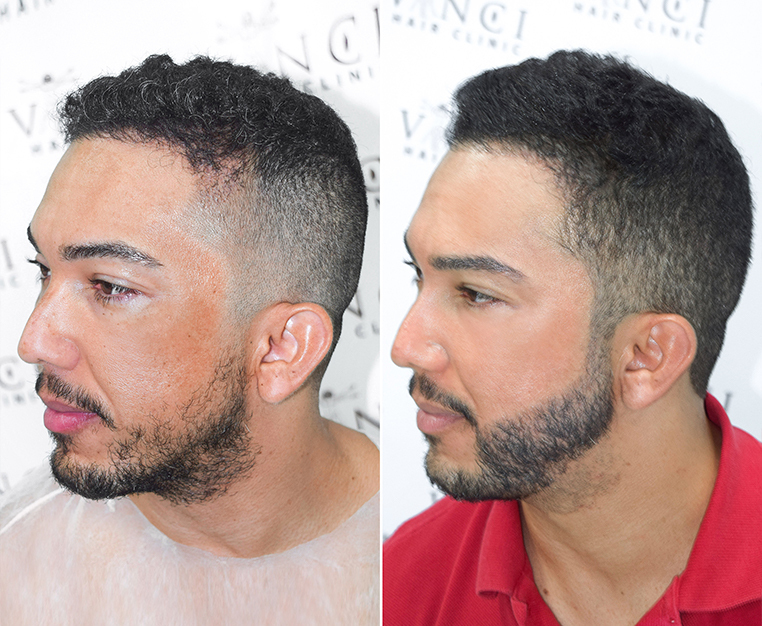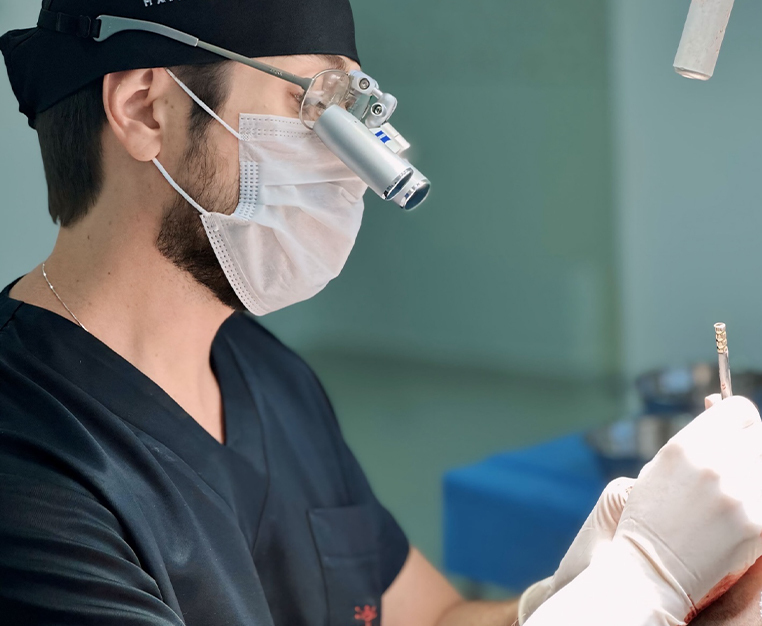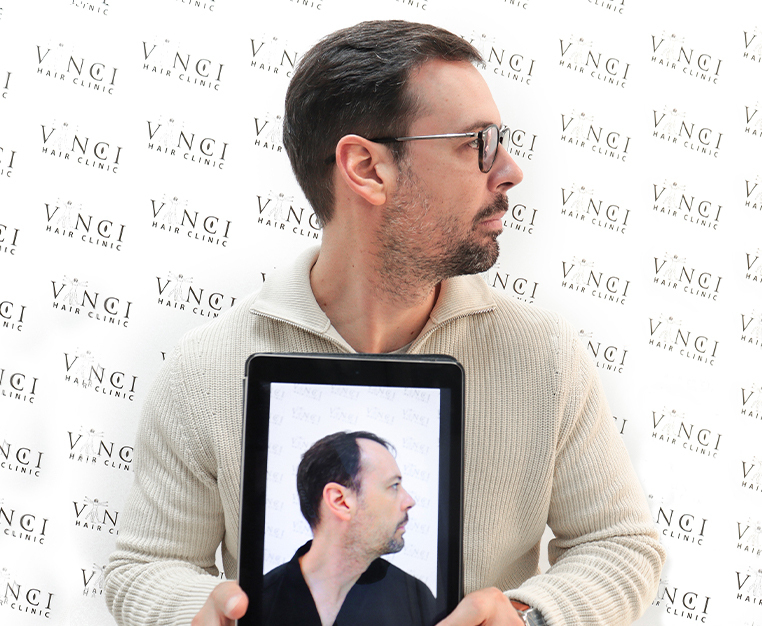Hair loss is a dreaded experience affecting millions of people worldwide. According to the NHS, about 8 million women and 6.5 million men in the UK experience hair loss of some kind.
Hair loss occurs when new hair fails to replace the strands that have been shed. This can be as a result of hair follicles entering a prolonged resting phase and not producing new hairs. Other factors such as genetics, aging, and hormonal imbalances can contribute to overall hair thinning and eventual hair loss.
This condition leaves many in distress. However, understanding the stages of your natural hair cycle can help you avoid some common issues you may encounter, like hair thinning and boosting your hair growth.
Our follicles follow growth stages that involve three distinct phases: the stealthy Anagen, where growth kicks into high gear; the fleeting Catagen, a transitional phase preparing for change; and the laid-back Telogen, a resting period before the cycle begins anew.
In this article, we’ll explore everything you need to understand about the different stages of hair growth and the role they play in effective restoration.
Anagen Phase
The Anagen Phase is a pivotal period in the hair growth cycle, essential for effective restoration. During this active growth stage, hair follicles exhibit their utmost productivity.
Hair cells undergo rapid division, which directly influences hair length and thickness. The average length achieved during the Anagen Phase ranges from 18 to 30 inches (45 to 75 cm) for scalp hair. Remarkably, this stage witnesses its fastest growth rate, with hair growing approximately half an inch (1.25 cm) per month.
This phase lasts, on average, anywhere between three to five years. However, the time and length of the hair depends on a few factors, including genetic predisposition, body type, and location.
Catagen Phase
Unlike the first stage, the catagen stage is relatively short, lasting around 2 to 3 weeks. During this transitional phase, hair follicles begin to shrink and detach from the nourishing blood supply, preparing for the next cycle.
In Catagen, growth slows down. It’s like a transitional pause, allowing old hairs to step aside and new ones to get ready. Though not as busy as Anagen, the Catagen Phase is crucial. It sets the groundwork for new hair to thrive.
Telogen Phase
The telogen phase is a resting period in the hair growth cycle. During this phase, hair follicles are not actively producing new hair strands. Instead, they remain in a dormant state.
This phase can last for several weeks to a few months, after which the hair enters the anagen phase, where new hair growth begins again.
How Do These Stages Affect Hair Loss and Restoration
The risk for hair thinning or hair loss increases when there is a disruption in any of the stages of hair growth. For instance;
- A shortened anagen phase is one common cause of a disruption in the hair growth process. If this phase is disrupted, hair has less time to grow to its full length, resulting in shorter and thinner strands.
- A prolonged telogen phase can also contribute to hair thinning and loss. When hair spends more time resting and less time actively growing, the overall volume and thickness of the hair decrease.
This phenomenon, known as “telogen effluvium,” can be triggered by various stressors on the body, including physical trauma, illness, hormonal changes, and extreme emotional stress.
Understanding these stages is essential for designing an effective hair restoration process. This knowledge helps medical professionals and specialists tailor treatments to target specific phases of the hair regrowth cycle, ensuring optimal results for individuals seeking to address hair thinning or loss.
Different restoration methods target different stages. For instance;
- Hair transplant procedures, like follicular unit transplantation (FUT) and follicular unit extraction (FUE), focus on the anagen phase. Healthy hair follicles are transplanted from one area of the scalp to the thinning or balding areas, promoting new hair growth.
- The Laser Cap is a non-invasive treatment that employs low-level laser therapy (LLLT) to stimulate hair follicles. LLLT can extend the anagen phase and promote hair growth by increasing blood flow to the scalp and encouraging cellular activity within the hair follicles. This treatment is safe and has no known side effects.
- Maxogaine Forte is a topically applied hair loss solution that targets the anagen phase by delivering active ingredients directly to the scalp. It aims to promote hair growth and extend the growth phase of hair follicles, contributing to fuller and healthier hair.
Final Thoughts
The journey to effective hair restoration hinges upon a comprehensive understanding of the distinct stages of hair growth. Choosing a reputable and experienced clinic to help you with your hair restoration journey is your best bet against hair thinning and hair loss.
Vinci Hair Clinic is one such clinic with a decade’s experience in the art of hair restoration. Our pioneering techniques, advanced technology, and unwavering passion set us apart.
Your well-being is our priority. When you contact us, one of our specialists will take a closer look at your hair and recommend the best hair treatment option. Contact us today for a free consultation.





